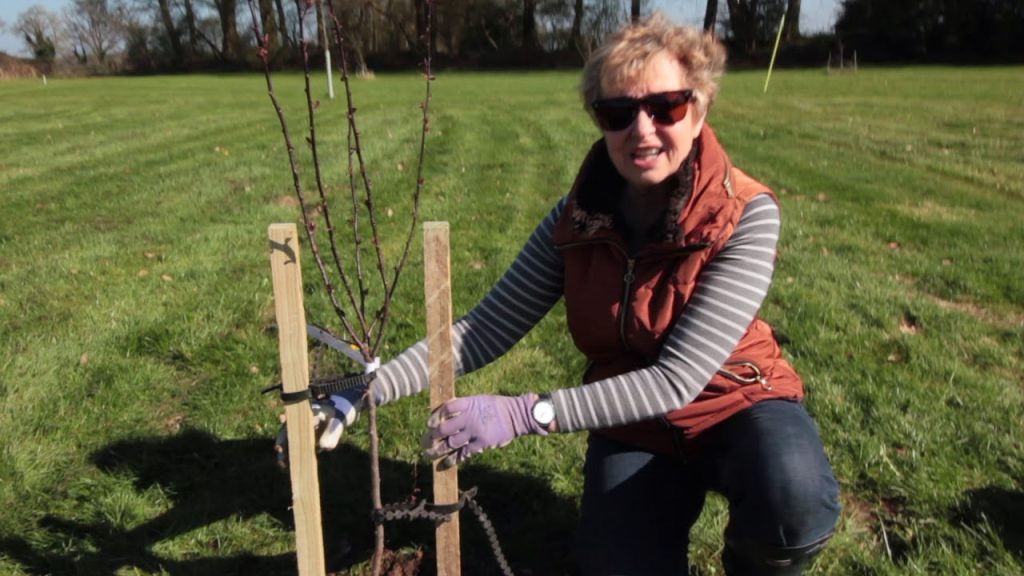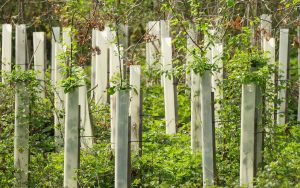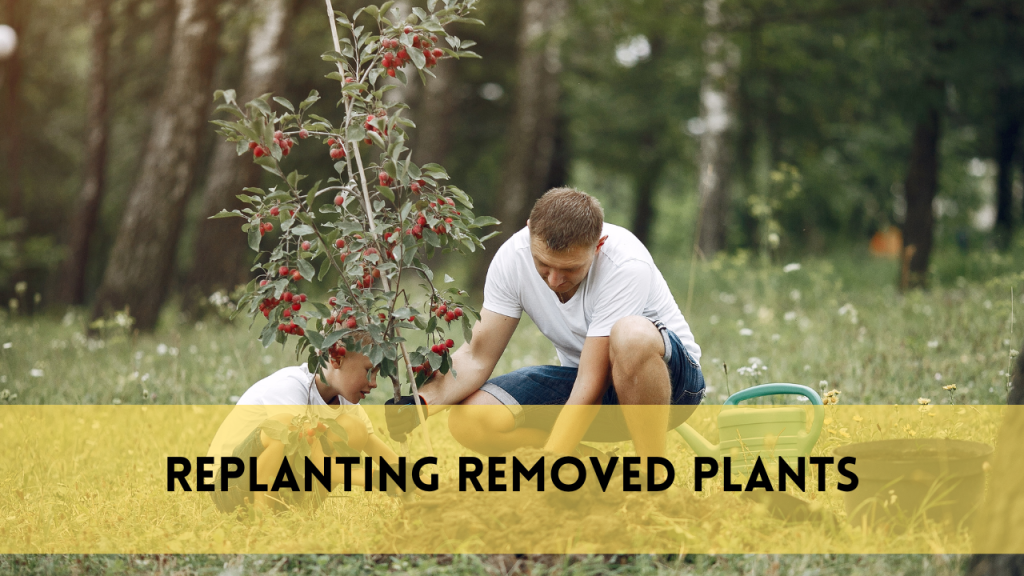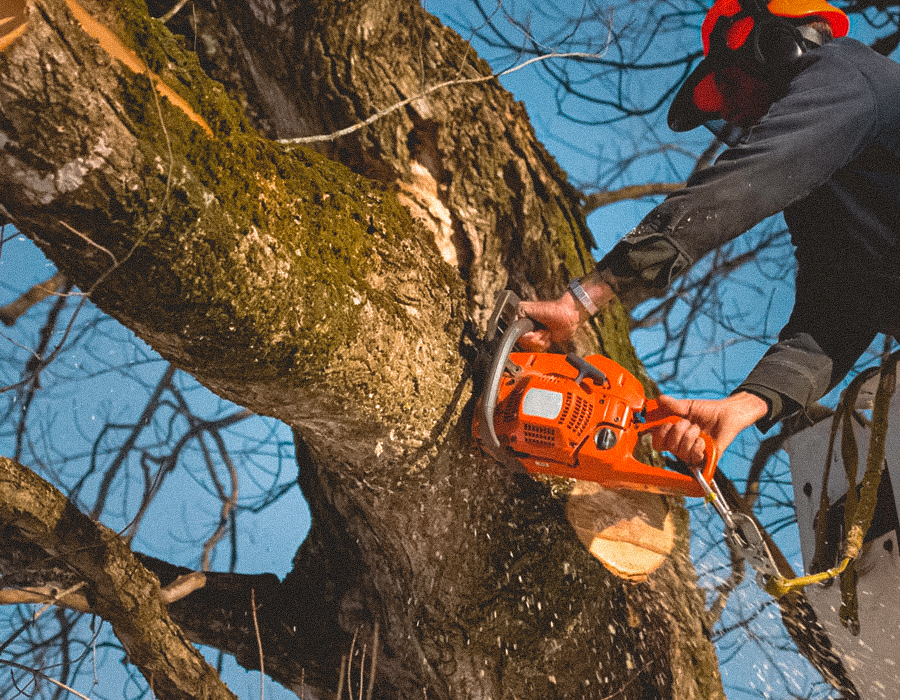Remove Tree Stakes
Trees are surprising living creatures that upgrade the magnificence of our scenes, give concealment on blistering mid-year days, and add to the general prosperity of our current circumstance. At the point when we plant youthful trees, we frequently take incredible measures to guarantee their effective development, and one normal practice is the utilization of tree stakes. Nonetheless, knowing when to eliminate tree stakes is similarly pretty much as urgent as introducing them accurately. Tree stakes resemble preparing wheels for your saplings, offering support during their initial years. They assist youthful trees with laying out areas of strength for a framework, keep them from inclining unreasonably, and shield them from the powers of nature, like solid breezes or inadvertent thumps. Yet, such as preparing wheels, tree stakes ought to be brief guides, not super durable installations.
Why Are Tree Stakes Utilized?
Trees, similar to people, need a touch of help as they develop, particularly during their early stages. Youthful trees might have immature or frail underground roots that battle to moor them safely in the dirt. Tree stakes give strength, keeping them from inclining or overturning because of their own weight or outside powers. Wind can be a considerable foe for youthful trees, especially those with slim trunks and fragile branches. Tree stakes go about as an obstruction, decreasing the gamble of wind-incited harm or evacuating. In districts inclined to disintegration, tree stakes can assist with keeping the dirt around the foundation of the tree flawless. This is vital for keeping up with solid root development and forestalling openness or harm to the roots. Tree stakes can direct the development of a tree by empowering it to develop straight and upstanding. This can prompt an all the more tastefully satisfying and fundamentally sound tree over the long haul. In regions where there’s a gamble of actual harm from creatures or hardware, tree stakes can make a defensive zone around the tree, lessening the possibilities of mischief.
Signs That Your Tree Needs stake removal
Leaning: Assuming your tree is noticeably inclining aside, it’s an obvious indicator that it comes up short on soundness to stand up standing all alone. Inclining can result from frail roots, wind harm, or ill-advised planting.
Free Soil: In free or sandy soils, youthful trees could experience difficulty laying out areas of strength for a framework. Assuming that you notice the tree effectively wobbling in the dirt or on the other hand assuming that weighty downpours make it shift, marking might be vital.
Wind Openness: Trees in blustery regions, particularly those with wide coverings, may require marking to keep them from influencing unnecessarily in the breeze. Steady development can ruin root advancement and harm the tree’s construction.
Lopsided Development: In some cases, one side of a youthful tree might develop more energetically than the other, making it become uneven. Marking can assist with empowering adjusted development.
Feeble or Harmed Trunk: A tree with a harmed or frail trunk because of injury or infection might require marking to help its compromised structure.
Relocate Pressure: As of late relocated trees can encounter pressure and insecurity as they adjust to their new area. Marking can offer additional help during this change period.
Checking Your Tree
Ordinary Assessments: Plan routine reviews of your tree, particularly during the developing season. Check for any progressions in its appearance or soundness.
Check for Inclining: Evaluate whether the tree is as yet inclining or on the other hand on the off chance that it has begun to stand more upstanding all alone. A tree that normally remedies its stance is an indication of further developing soundness.
Trunk Thickness: Notice the storage compartment’s thickness and generally speaking development. As the tree develops, it ought to become thicker and sturdier. In the event that the storage compartment stays slim and frail, it might in any case require support.
Root Development: Watch out for root improvement. Sound roots ought to broaden and mooring the tree in the dirt. A tree with major areas of strength for a framework is less dependent on marking.
Weather patterns: Be careful during times of outrageous climate, like solid breezes or weighty downpour. These circumstances can put extra weight on the tree and uncover whether it actually requires marking.
Adjustments: Assuming you notice the tree’s condition improving and it seems steady, consider changing the stakes to offer less help. Continuously lessening the help can assist the tree with reinforcing all alone.
When to remove tree stakes?
Upstanding Development: Assuming the tree has been reliably developing upstanding and giving no indications of inclining for a lengthy period, it very well might be prepared for stake expulsion.
Trunk Strength: Tenderly push on the tree trunk. In the event that it feels firm and doesn’t twist effectively, the tree is able to create adequate solidarity to remain all alone.
Root Dependability: Survey the underground root growth. On the off chance that the roots have immovably secured themselves in the dirt and are mooring the tree, it might never again require marking.
Climate Resistance: On the off chance that the tree has effective areas of strength for enduring storms without inclining or enduring harm, it’s a positive pointer that it can deal with natural stressors without marking.
Age and Size: For the most part, more modest trees with more slender trunks might require marking for a more limited period contrasted with bigger ones. As the tree develops and develops, it ought to turn out to be more steady.
Counsel a Specialist: In the event that you’re uncertain about whether to eliminate the stakes, consider looking for guidance from a nearby arborist or tree care proficient. They can survey the tree’s particular necessities.
How do you get rid of thick ivy
The most effective method to Remove Tree Stakes Securely
Evaluate the Tree’s Solidness: Prior to eliminating the stakes, ensure the tree is without a doubt stable and can remain all alone. Check for signs like an upstanding trunk, solid root development, and protection from delicate tension.
Set up the Important Apparatuses: Accumulate the instruments you’ll require, which regularly incorporate an elastic hammer or mallet, a couple of forceps, and a tree tie or tie shaper. These apparatuses will assist you with eliminating the stakes and any ties or lashes holding the tree set up.
Slacken Soil Around Stakes: Cautiously dig around the foundation of the stakes to relax the dirt. This step is vital to forestall any aggravation or harm to the tree’s foundations when you haul the stakes out.
Eliminate the Ties or Lashes: Begin by eliminating any ties or lashes tying down the tree to the stakes. Utilize the forceps or a particular tree attach shaper to cut these ties. Be mindful not to harm the tree’s covering or branches during this interaction.
Delicately Tap the Stakes: With the dirt released and the ties eliminated, delicately tap the stakes with an elastic hammer or mallet. This relaxes the stakes starting from the earliest stage upsetting the roots. Try not to raise a ruckus around town excessively hard, as this can harm the tree or its underlying foundations.
Slowly Take Out the Stakes: In the wake of tapping the stakes, start to haul them out of the ground gradually. Assuming the stakes oppose, it might show that the tree actually needs some help. In such cases, think about leaving at least one stakes set up briefly and reconsider sometime in the not too distant future.
Investigate for Harm: Look at the tree’s trunk, branches, and root foundation for any harm that might have happened during the marking system. Search for indications of scouring or scarring brought about by ties or lashes.
Prune if Important: Assuming that you notice any harmed branches or undesirable development, consider pruning them to urge the tree to assign its assets to better regions.
Mulch and Water: After the stakes are eliminated, apply a layer of mulch around the foundation of the tree to assist with holding dampness and direct soil temperature. Water the tree completely to decrease pressure from the expulsion cycle.
Screen: Indeed, even after the stakes are taken out, keep on observing the tree’s development and steadiness. It might require progressing care and upkeep as it develops.
By following these means, you can securely eliminate tree stakes without hurting the tree and guarantee that it can remain on its own right at home. Recollect that the objective is to help the tree during its initial development organize and support sound, free development as it develops.
FAQs
When is the best chance to introduce tree stakes?
The best opportunity to introduce tree stakes is soon after establishing a youthful tree. Stakes ought to offer starting help while the tree lays out its underground root growth.
How can I say whether my tree needs marking?
Search for signs like inclining, frail roots, openness to solid breezes, or free soil. Not all trees require marking, so evaluate each tree independently.
How long ought to tree stakes be left set up?
Tree stakes ought to be taken out once the tree can remain all alone, ordinarily following one to two years. Nonetheless, it can fluctuate contingent upon the tree’s development rate and natural circumstances.
What are the dangers of leaving tree stakes excessively lengthy?
Leaving stakes set up too lengthy can obstruct a tree’s normal development and may prompt powerless trunk improvement. It’s crucial to eliminate them with flawless timing to keep away from these issues.
Conclusion
In the realm of tree care, knowing when to eliminate tree stakes is a basic expertise that can have a significant effect in the wellbeing and improvement of your trees. These basic backings, when utilized accurately and eliminated with impeccable timing, can assist youthful trees with laying down a good foundation for themselves and develop further, versatile increments to your scene. All through this thorough aid, we’ve covered the fundamental parts of tree marking, from why it’s utilized to when it ought to be introduced, how to screen tree soundness, and the signs that demonstrate now is the ideal time to eliminate the stakes. We’ve likewise examined the protected expulsion process and the significant stages to take after the stakes are gone to guarantee your tree’s proceed with development and prosperity.





